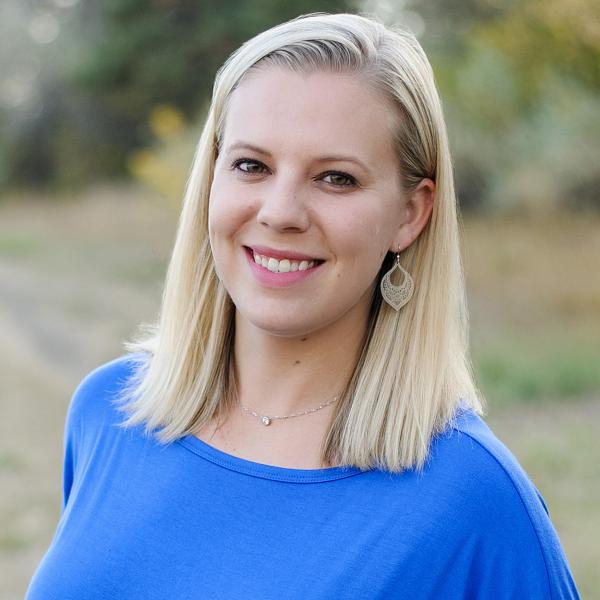Sitting, Waiting, Wishing: Are Coloradans Struggling to See a Doctor?
Every other year, the CHI office experiences a surge of activity in September. We hustle back from Labor Day weekend to put the finishing touches on our favorite statewide questionnaire: the Colorado Health Access Survey (CHAS).
But not everything moves as quickly as 20 CHIers in action, frantically analyzing results and fanning out across the state to visit communities large and small. For example, for some Coloradans, the wait to see a specialist or primary care doctor can feel positively glacial.
We’re highlighting new questions on the CHAS in the months leading up to the 2017 survey release, and stakeholders told us loud and clear that they wanted more information on access to care in our state – from wait times to other barriers. We agreed.
This year’s CHAS will differentiate more clearly between care from general doctors (i.e., primary care) and specialists than previous surveys. While prior CHAS surveys have asked whether cost was a barrier to getting specialty care, we have added questions in 2017 to round out the picture. CHAS interviewers now ask:
- Was there a time you tried to get general doctor care? How many days did you have to wait until the first available appointment?
- Was there a time you tried to get specialist care? How many days did you have to wait until the first available appointment?
Additionally, survey respondents who say they faced certain problems getting care in the past 12 months – such as being told by a doctor’s office that they weren’t accepting any new patients or being unable to find transportation to the doctor’s office – are now asked if the problem occurred when they were trying to see a general doctor, a specialist, both kinds or some other type of doctor.
We believe answers to these questions will shine a light on issues related to access. Wait times are a growing concern in Colorado, especially as we’ve seen the ranks of the insured swell over the past four years since the implementation of the Affordable Care Act. Now we’ll know if that concern is founded and how extensive the problem is or isn’t across the state. We will also learn if wait times differ significantly by payer type – such as for Medicaid enrollees versus people with private insurance.
And asking more questions about non-cost barriers to accessing primary and specialty care will give us a sense of the magnitude of these problems and allow us to conduct richer, more informative analyses. If people say they’re facing barriers outside of financial concerns to see one type of doctor and not the other, that could help Colorado zero in on policy changes and resources that would help the most.
This is just one example of how the CHAS assists policymakers, data geeks and care providers in better understanding the health landscape in Colorado. Our thanks to the community members, state agency representatives and others who participated in stakeholder discussions and advocated for adding these new questions about access to care.
We can’t wait to share results with you in September!

